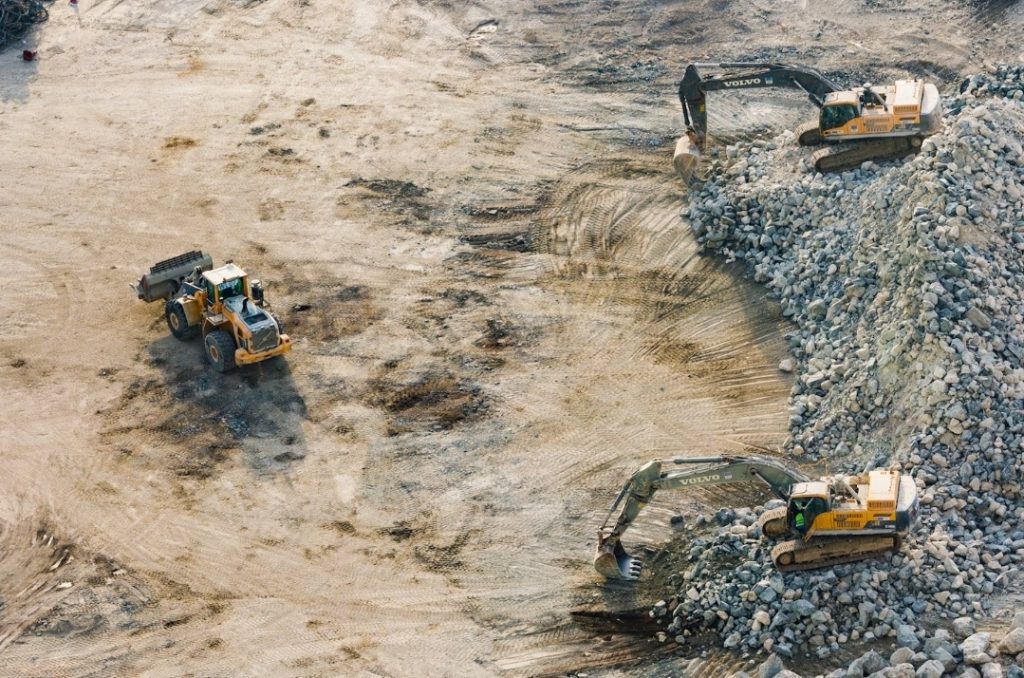India’s Mining Revolution: The Mines and Minerals Amendment Bill, 2025 and its CX Lessons
India’s mining and mineral policy just took a giant leap forward. On the surface, the passage of the Mines and Minerals (Development and Regulation) Amendment Bill, 2025 looks like another policy update. But in reality, it’s a strategic turnaround—one that aims to reshape how India secures, develops, and markets its most valuable critical minerals.
This is not just about mining—it’s about securing the raw materials powering India’s economy, technology, and future ambitions.
Setting the Stage: Why This Bill Matters Now
For decades, India has depended on imports for critical minerals like lithium, cobalt, nickel, and rare earth elements. These minerals are not optional—they are core to everything from electric vehicle batteries and renewable energy storage to defense equipment, space technology, and medical devices.
- Current dependency: India imports 100% of its lithium, cobalt, and nickel needs.
- Import bill: ₹34,000 crore in FY 2023-24 alone.
- Geopolitical vulnerability: 56.3% of these imports come from China, a competitor in both economic and strategic terms.
When so much of the economy—and the clean energy transition—depends on these imports, supply chain disruptions become a national risk. That’s exactly why the government launched the National Critical Mineral Mission (NCMM) in 2025 with a ₹16,300 crore budget, complemented by 1,200 planned exploration projects until FY 2030-31.
Key Legislative Shifts and Reasoning Behind Them
The amendment does more than tweak old laws—it reshapes the industry framework for exploration, production, and market access.
1. Expanding the National Mineral Exploration Trust
- Before: Focused on domestic exploration only.
- Now: Renamed as the National Mineral Exploration and Development Trust (NMEDT), with powers for offshore and international exploration.
- Rationale: Minerals don’t respect borders—securing supply requires global partnerships and overseas mining stakes.
2. Boosting Exploration Funds
- Mining leaseholder contributions increased from 2% to 3% of royalties.
- This means more sustainable funding for aggressive exploration campaigns.
- Logic: Exploration is high risk and capital-heavy—without dedicated funding streams, India can’t compete in the global mining race.
3. Removing the 50% Sales Cap for Captive Mines
- Earlier rule: Companies could sell only half of surplus minerals after meeting internal production needs.
- Amendment: No limit—firms can sell all surplus in open markets.
- Impact: Encourages higher production and ensures flexibility in responding to market demand.
- Reasoning: Artificial caps limit profitability, disincentivize investment, and keep resources locked away.
4. Utilizing Mineral Dumps
- States can now authorize the sale of mineral waste stockpiles.
- This not only tackles environmental hazards but also recovers valuable minerals from legacy mining operations.
- Lesson from global industry: Many countries have monetized tailings and waste with new technologies—turning past waste into future wealth.
5. Introduction of Mineral Exchanges
- Digital platforms for transparent mineral price discovery—similar to the London Metal Exchange or Shanghai Futures Exchange.
- Stabilizes markets and reduces monopoly pricing power.
- Improves investor confidence by matching pricing to real-time demand and supply instead of opaque negotiations.
6. Inclusion of New Minerals Without Higher Royalty
- If new critical minerals are found in an existing lease, no additional royalty applies (for minerals in the Seventh Schedule).
- Reasoning: Lower entry barriers encourage companies to explore marginal or complex deposits.
7. Lease Area Extensions for Deep-Seated Minerals
- One-time extension:
- Up to 10% more area for mining leases.
- Up to 30% more area for composite licenses.
- Targets deep-seated minerals at depths beyond 200m—where exploration is expensive but necessary.
Strategic and Economic Implications
The strategic intent is clear—self-reliance in critical minerals equals resilience in economic growth.
- Energy Transition Security – India’s targets of 50% non-fossil power capacity by 2030 and Net Zero by 2070 will fail without domestic mineral security.
- Reducing Supply Chain Risk – Diversifying away from dependency on any single nation reduces geopolitical leverage over India.
- Foreign Investment Magnet – Greater transparency and open trading encourage global mining giants and investors to enter the Indian market.
- Industrial Ecosystem Development – From refining to recycling, allied industries can grow, creating jobs and technology transfer opportunities.
Potential Challenges Ahead
While these reforms set a strong foundation, execution risks remain:
- Technology constraints: Deep-seated mineral exploration needs advanced geophysical and geochemical tech.
- Infrastructure bottlenecks: Mining is nothing without good transport, ports, and processing facilities.
- Environmental balance: Increased mining must still align with sustainability targets.
- Investor confidence: Actual ease of doing business must match policy ambition.
Conclusion: More Than Just a Mining Reform
The Mines and Minerals Amendment Bill, 2025, is a blueprint for industrial resilience. By aligning legislation, market transparency, and exploration funding, India is pushing toward independence in its most strategically vital resources.
As Union Minister G. Kishan Reddy put it, “The mining sector will be an important pillar… in India’s journey to Viksit Bharat by 2047.”
But the ultimate success will come from implementation, technology adoption, and holistic value chain development—not just passing a bill.

Customer Experience (CX) Lessons for Businesses
Interestingly, the same principles driving this policy reform also apply to delivering exceptional customer experiences:
- Remove Arbitrary Restrictions
- Just as removing the 50% sales cap unlocked supply, businesses can remove needless friction in customer journeys.
- Invest in Discovery and Understanding
- Exploration in mining equals market research in CX.
- Know your customers deeply to uncover new value areas.
- Enhance Transparency
- Mineral exchanges bring price clarity—communicate openly with customers about pricing and policies.
- Leverage Untapped Opportunities
- Selling mineral dumps is like monetizing unused company data or assets.
- Build Resilience into the Ecosystem
- Just as India wants diverse mineral sources, businesses should diversify service channels, supply chains, and customer support pathways.
- Think Long-Term
- Deep-seated mineral exploration mirrors long-term CX investments—costly at first, but strategic for sustained loyalty.

